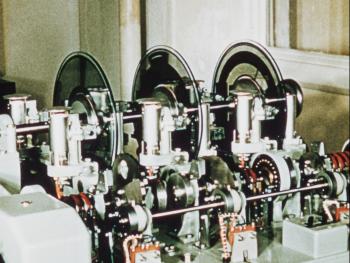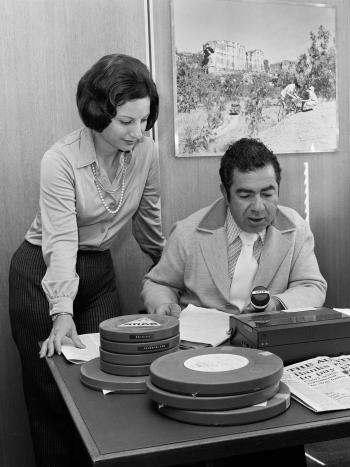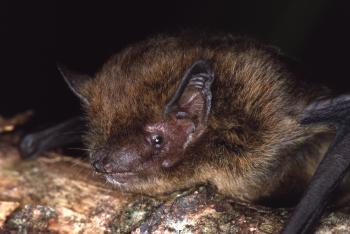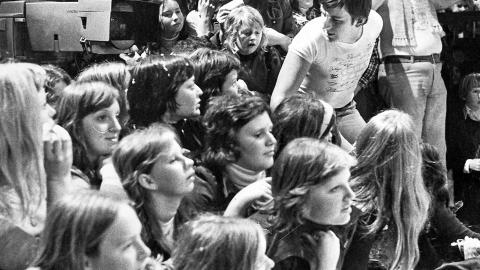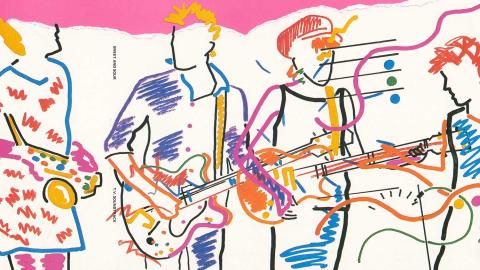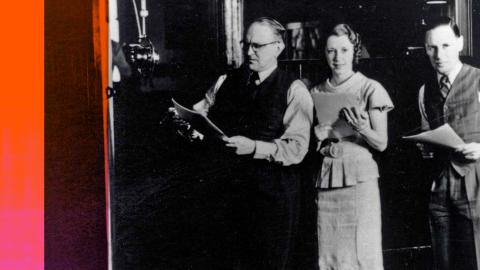Warning: this page contains names, images and voices of deceased Aboriginal and Torres Strait Islander people.
The 2024 Sounds of Australia selections capture the voices, beats, and stories that define our nation – from Tina Arena’s anthem 'Chains' to the haunting final call of the Christmas Island pipistrelle. This feature dives deeper into the 2024 capsule, unpacking the cultural, historical and emotional significance of each recording.
Jump to:
- Women’s Status in the United Nations Charter by Jessie Street, 1945
- The Speaking Clock from the Postmaster-General's Department, 1954
- Theme from Doctor Who, composed by Ron Grainer, 1963
- Victoria Bitter advertisement by George Patterson, voice-over by John Meillon, 1968
- Jimmie Barker collections by Jimmie Barker, 1968–1972
- Early 2EA Sydney radio broadcasts, 1975
- 'Kickin' to the Undersound' by Sound Unlimited, 1992
- 'Chains' by Tina Arena, 1994
- Last call of the Christmas Island pipistrelle from Zoos Victoria, 2009
- Inaugural Speech to the Australian Parliament by Nova Peris, 2013


